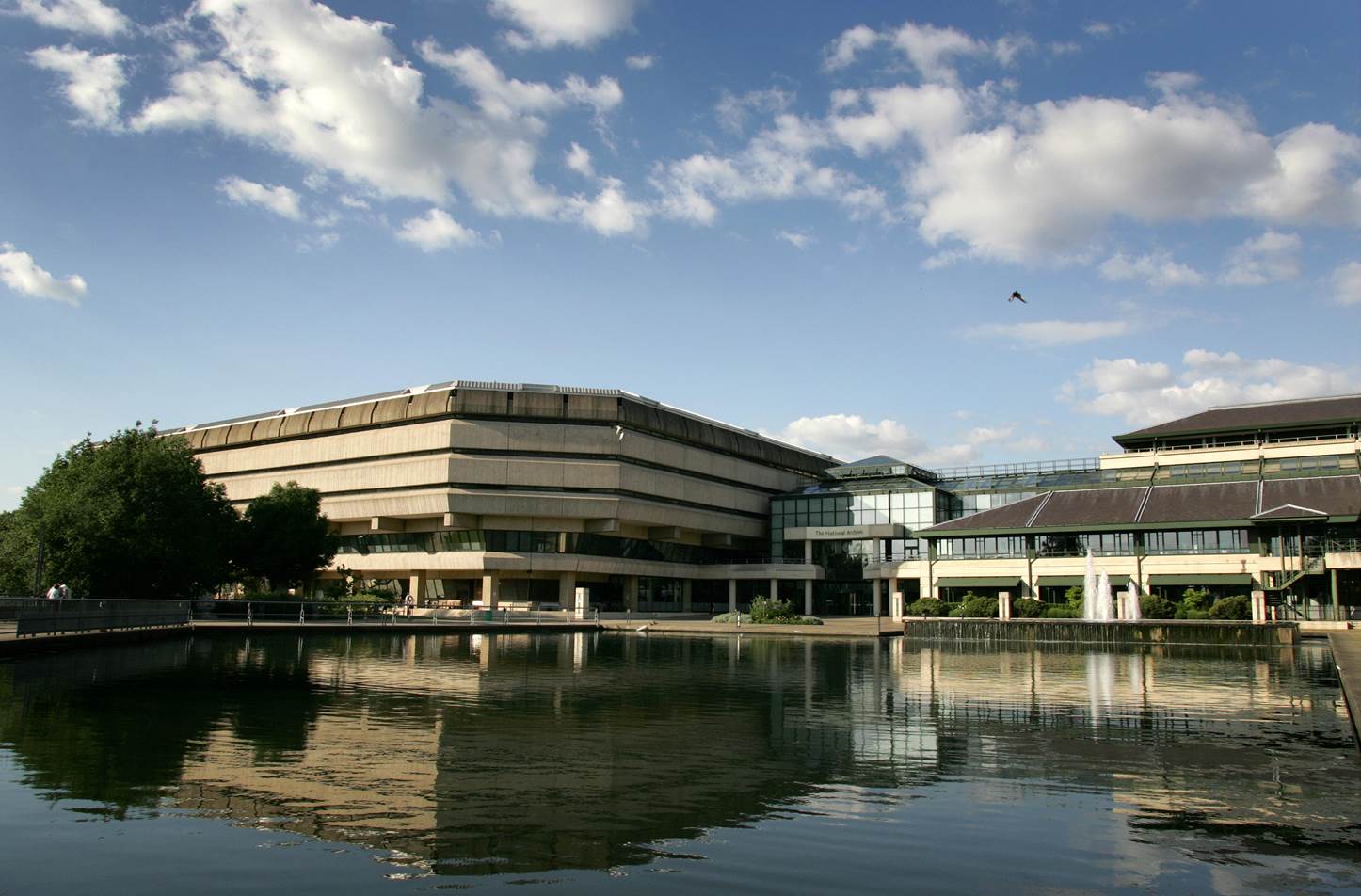Director general Kevin Cunnington runs through achievements of past 12 months and goals for the coming year, including supporting Brexit initiatives and increasing DDaT skills
Credit: GDS
Building government digital services that can take advantage of next-generation technologies like machine learning and voice recognition has been picked out as a top priority for the Government Digital Service over the next 12 months by its director general Kevin Cunnington.
In a blog post to mark the anniversary of the publication of the GDS-authored Government Transformation Strategy, Cunnington (pictured above) picked out three key focus areas that will constitute his organisation’s priorities over the coming year.
The first of these is “Being innovators for government”. In this area, GDS will focus on embedding new technologies into the design of new products and services, and will also strive to ensure innovative tech firms are able to work with Whitehall to the government’s advantage.
“GDS is working with departments to support existing and upcoming programmes, including using biometrics and artificial intelligence on services,” Cunnington said. “And we’re working to make sure the things we build and run – including GOV.UK – can use innovative technologies, like machine learning and voice control.”
22.3 million
Number of notifications to date using GOV.UK Notify
£39.3m
Cumulative total of payments process by GOV.UK Pay
340
Number of locations offering GovWifi, including schools, courtrooms, local-government buildings and hospitals
48%
Amount of spending through the Digital Marketplace that has gone to SMEs
7,500
Civil servants that have, to date, undertaken training offered by the GDS Academy
Source: GDS
To assist technology companies in creating the products that could solve the public sector’s biggest challenges, GDS will continue to run the GovTech Catalyst scheme. The programme has a £20m funding pot to invest in the development of new products.
“Our team will help government departments and public bodies identify challenges they face that could be solved by new digital technologies,” Cunnington added. “We will then act as a ‘front door’ to tech firms, giving them a clear access point where they can put forward their innovative ideas. Once a finalised product is created, the public-sector body can then choose to buy it from the tech company.”
The second priority area picked out by the GDS chief is “Building capability across government”. Here, the Whitehall digital body will expand the number of courses offered by the GDS Academy, and the breadth of locations they are provided from. The academy currently runs courses in London, Leeds, Liverpool, and Manchester and has, thus far, delivered training to more than 7,500 civil servants.
Cunnington said: “We’re looking at subjects including artificial intelligence, geospatial, and distributed ledgers. We’ll make these available to all departments.”
To help provide “an overview of digital capability across government”, GDS has also created a framework of digital, data, and technology (DDaT) careers. This structures the DDaT profession across Whitehall into 37 “common job roles”.
Increasing data-science skills is also a priority for GDS, Cunnington said, and the organisation’s Data Science Accelerator training programme is currently recruiting its ninth cohort of civil servants.
“We’re also developing the workforce plan for the DDaT Profession, which will give us full data and a full picture of what the profession looks like across government,” the GDS director general added. “It will give us information on things like different roles, pay, gender, and diversity. It will mean we can spot, for example, where we need more emerging talent, if there are diversity issues, or if there are gender pay disparities.”
The final priority area picked out by Cunnington is “Supporting EU exit”, a goal for which GDS is currently recruiting for a leader to head up a newly created Brexit team.
We’re working to make sure the things we build and run – including GOV.UK – can use innovative technologies, like machine learning and voice control
“EU exit is the biggest challenge government faces at the moment, and GDS is supporting all departments to meet this challenge,” Cunnington said. “The use of shared platforms will enable new systems to be delivered efficiently and quickly to meet common needs across EU-exit work.
He added: “And because of our work to develop the DDaT jobs framework across government, we are able to understand what resource is needed and to make sure departments have it. We are supporting government to hire and redeploy talent. We are also upskilling the civil service through the GDS Academy. We are working to make sure we have the right skills and capability in all departments.”
Achievements so far
Elsewhere in his blog, the GDS leader ran through some of the organisation’s achievements over the last 12 months. He said that in excess of 175 of central government services now use one of the standardised service components developed by GDS, such as the Verify identity assurance tool, the Notify message system, and the Pay platform for processing payments.
Cunnington also pointed to the creation and ongoing development of tools “that help civil servants do their jobs better”. This includes GovWifi, which provides public servants with a single WiFi login for use across numerous government buildings, and the Digital Marketplace platform for buying digital goods and services.
GDS’s three priority areas for the coming year
-
Being innovators for government
-
Building capability across government
-
Supporting EU exit
Improving Whitehall’s access to and use of data has been another of GDS’s achievements, said Cunnington, and 26 data registers are now in use – including centralised information pools covering countries, local authorities, and government services.
“As well as giving government the tools and resources to transform the way they operate and build better services, we’re also working with departments to create the right structure and support for transformation,” Cunnington added. “We’ve rewritten the Technology Code of Practice, so that it provides the best and most relevant guidance to government, and we’re updating the Digital Service Standard to support whole, end-to-end services as users understand them.”
GDS has also established “service communities”, the GDS boss said, which will allow civil servants from across government to work collaboratively on services from a user-centric perspective.
“We’re building service journeys into GOV.UK – piloting this approach with the ‘Learn to drive a car: step by step’ page,” Cunnington said. “These service journeys take all the content and transactions on GOV.UK, and put them into a coherent service journey that users and government understand.”



